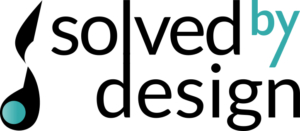User Experience is all about engagement. Technology, products and services are usable when they engage people. At work we strive to engage with those around us—whether they’re users, colleagues, or stakeholders. It means getting people on board with an idea, earning trust, and working toward mutual goals. We all know how challenging that can be.
This is the year to think out of the box. How can you engage people to use technology products and services? What kind of design thinking needs to be incorporated, to keep people engaged? How can you engage those outside our field, to understand the importance of a good user experience? Can we engage people to help changes those things that are not working well?
WORLD USABILITY DAY 2014 LOOKS AT ENGAGEMENT IN A NUMBER OF DIFFERENT WAYS:
User Engagement
There are numerous ways in which UX drives end user engagement. Besides simply making something easy to use, we can consider areas like emotional design, gamification, delight, and persuasive technology. Users are increasingly invited to engage across different platforms through device-agnostic UX. Intelligent user interfaces, when effective, mean long-term user engagement. Good UX design can also promote engagement between users—whether it’s about community building, project collaboration, or crowd-sourcing. Ultimately, an engaging user experience leads to building users’ trust and brand loyalty—a truly rewarding result.
Stakeholder Engagement
It can be a struggle to get every member of a business or product team on board with UX. How do we engage with all members of a team to ensure them that their input is valued, while communicating our UX goals? Furthermore, how can we justify the time, attention and budget required for UX work through ROI and the bottom line?
Global Engagement
UX as a field is growing. People all over the world understand that they don’t have to put up with things that do not work. How do we use UX to bridge different countries, cultures or demographics, and build more usable products and services? How do we spread awareness of the need for a more usable world? What role does UX play in tech globalization? Furthermore: how can the idea of UX become more accessible and easy to understand for the average individual (regardless of profession or industry)?












